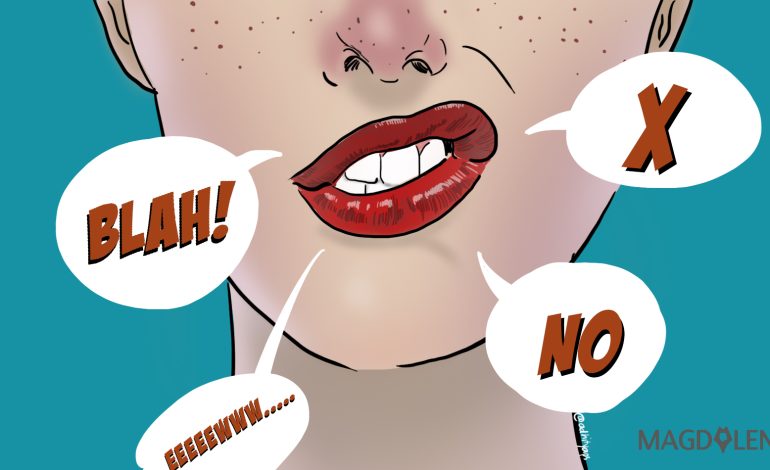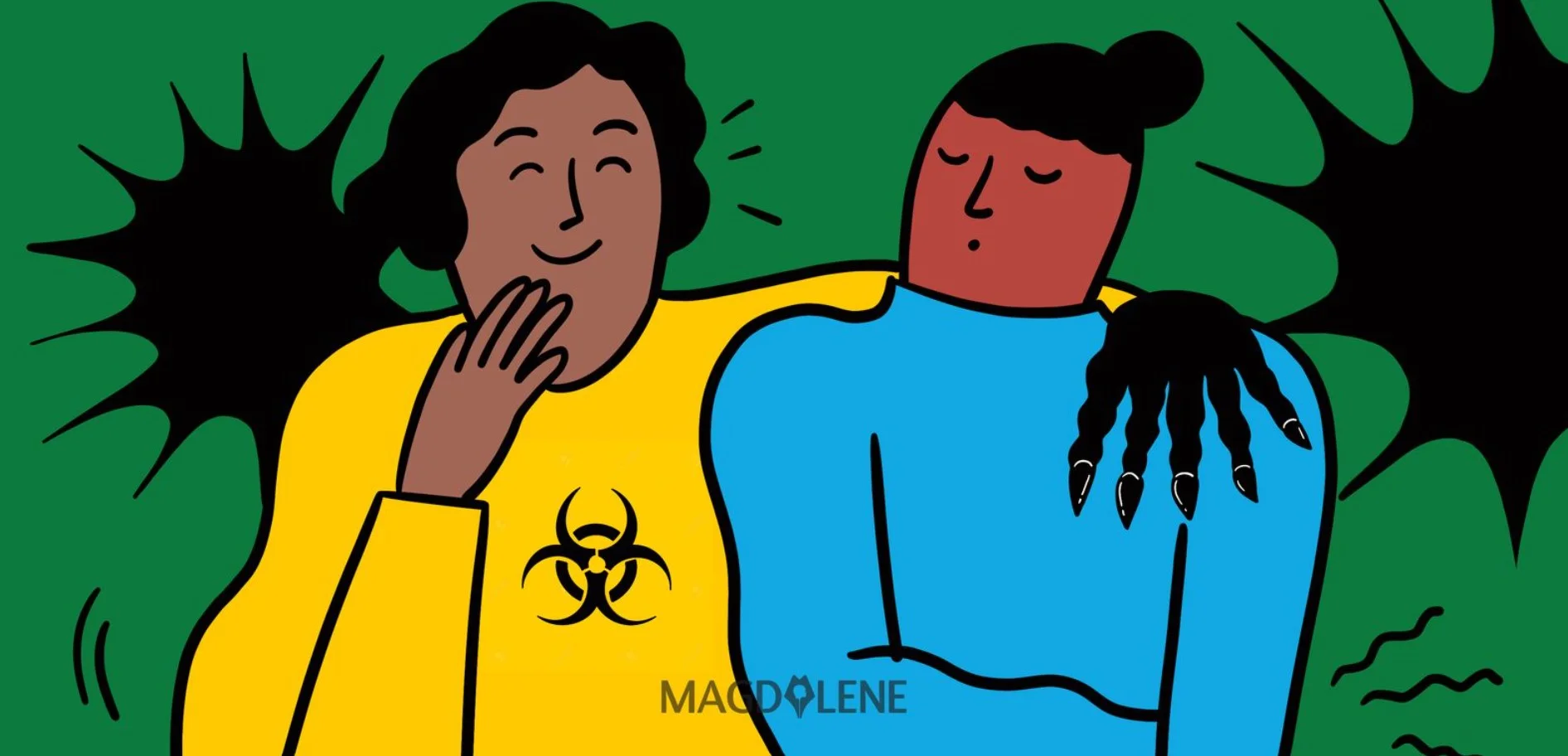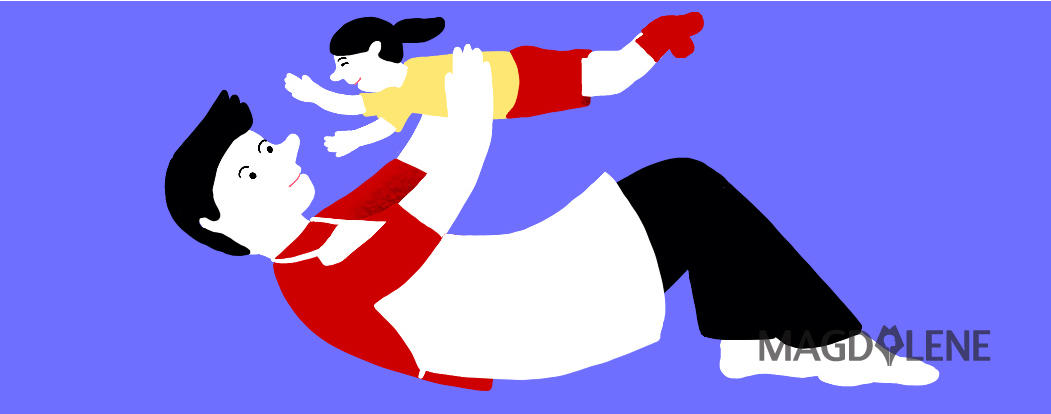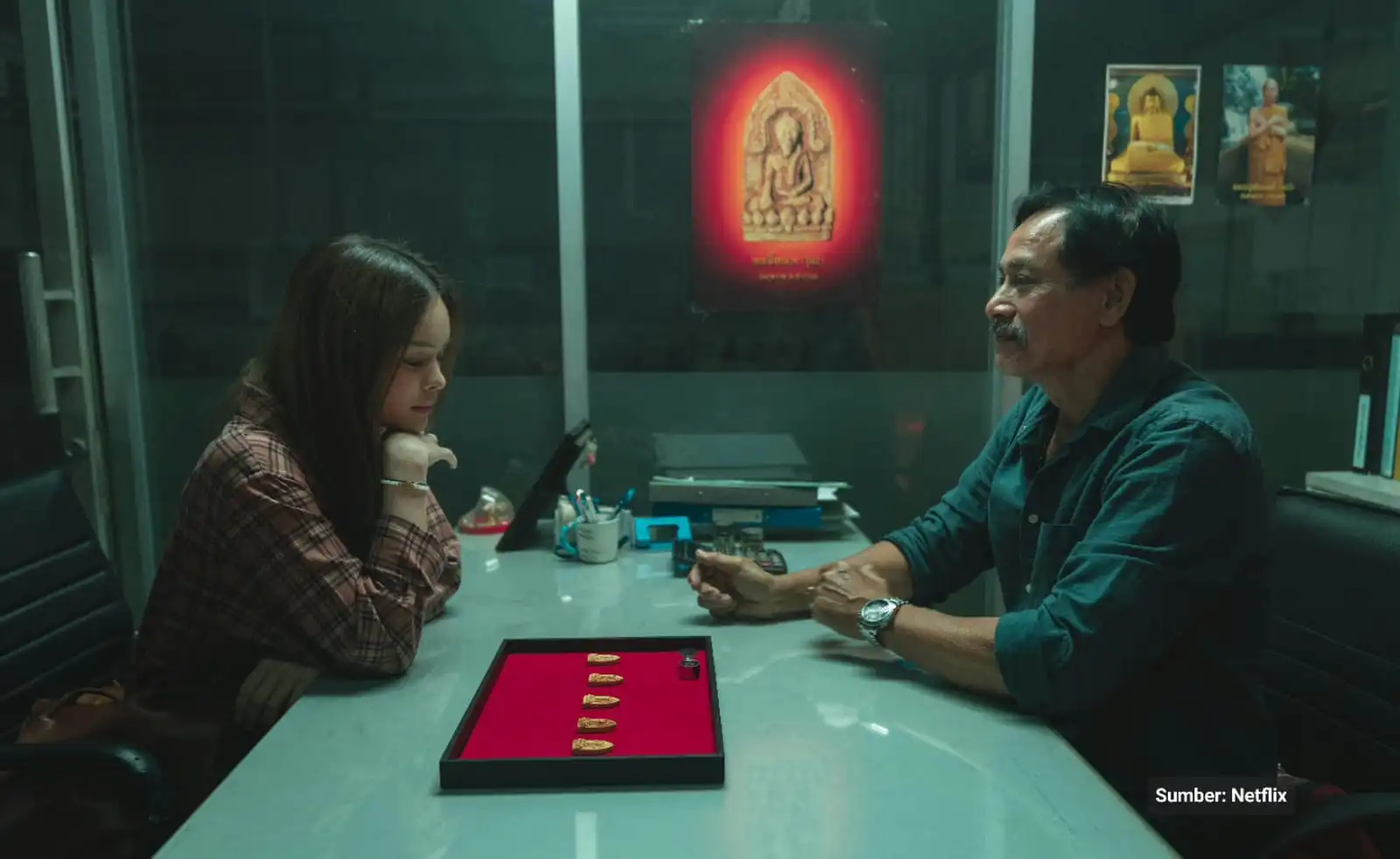Anti-Imperialism and Cultural Representation Behind Avatar: The Last Airbender
Despite being targeted for children, the 2005 animated series that is now on Netflix dispenses the danger of imperialism, while showing depths and lessons for grownups alike.
It has been more than a decade since the series Avatar: The Last Airbender or ATLA first aired in 2005. In May this year, ATLA made a comeback via Netflix, welcoming new fans and bringing nostalgia to old fans. New and old fans alike embrace the story of Aang and his friends (The Gaang) beating Fire Nation’s one hundred years of tyranny.
Despite being labeled as a show for children, ATLA dispenses the danger of imperialism, while at the same showing depths and lessons that grownups can learn from. While the story mainly shines on Aang’s journey in mastering all four elements, the aftermath of an on-going war is a constant background to his adventures.
The Gaang meet people who lay victims to the Fire Nation colonialism and start helping to liberate them from their oppressors. They see the once-mighty City of Omashu taken over completely and turned into a Fire Nation colony called New Ozai. The show hints at how the takeover of cities has economic motivation. Troops extort villagers by doubling their tax. Communities are uprooted from their lives, as people seek shelters within the walls of Ba Sing Se.
Under Fire Nation’s repressive occupation, many are traumatized and grow hopeless, some become xenophobic extremists, like Jet and his cronies “The Freedom Fighters”.
Annihilation of Cultures
Furthermore, imperialism leads to the annihilation of cultures. During Aang’s journey to complete his water bending training, there is no other water bender than Katara in the Southern Water Tribe, because the Fire Navy has taken all the water benders away and imprisoned them. The results are defenseless and impoverished communities that make for easy target. This is a contrast from the Northern Water Tribe, that is portrayed as richer, and more cultured, and “civilized” than their siblings in the South.
In the paper “Reframing Sympathy for Indigenous Captives in Avatar: The Last Airbender” by Peter Wood, those differences can be detected by how the animation depicts both tribes. Images of the South were mainly of off-white and tan colors, with tents as their construction. The North Pole, on the other hand, is filled with buildings, bridges, and homes made of ice, reflecting bright colors such as blue and white.
As the Southern Water Tribe slowly loses part of their culture, the Northern Water Tribe pushes the limits of their water bending abilities. The stark difference between both tribes is also the result of colonialism damaging diplomatic interactions within indigenous people.
Also read: Learning What “Women Supporting Women” Means from Katara of the Water Tribe
Fire Nation itself falls victim to the eradication of culture due to the totalitarian and dictatorship regime of Fire Lord Ozai and his ancestors Azulon and Sozin. Children at school lose knowledge of their own culture because their academic curriculums are filled with war propaganda. On an extreme level, colonialism induced by war causes environmental pollution. War and industrialization go hand in hand, and military toxic waste is an ever living threat to the ecosystem. In the episode “The Painted Lady”, a river that has turned toxic impacts the economy, damages biodiversity, and even causes a pandemic.
But Fire Nation’s greatest crime is the genocide of the Air Nomads. Being the sole survivor of his people does not only leave a huge trauma on the 12-year-old boy, it also makes him a living legacy of his culture. Colonialism has the power to wipe out an entire culture and alter it to how way the colonizer views it. In the episode “The Headband” in season three, Aang corrects a teacher about the way of life of the Air Nomads, but nobody believes him because his culture is already lost. It becomes Aang’s duty to not let his culture be relegated to history, but, instead, make it a part of the future by teaching people about it, and at the least protecting it from becoming mere material of cultural appropriation.
POC Representation and Cultural Appreciation
Asides from its anti-imperialist message, fans all over appreciate the way ATLA represents Indigenous and People of Color (POC). While Fire Nation’s designs and imperialist views are influenced by Japan (Fire Lord Sozin’s intention to share its greatness mirrors Japan’s invasion based on the urge to share their prosperity and uniting Asia), the creator did not have any intention to present Japan as bad or evil. In an interview with Vice, the series’ head writer Aaron Ehasz said they didn’t want to give bad notions about Japan, which is why they broaden the inspiration by integrating other cultures into the setting.
The fire benders’ fighting style is said to be inspired by Chinese martial arts Northern Shaolin Kung Fu. The first fire benders, the Sun Warriors were based on Mesoamerican’s civilization. Breaking it down further, the Water Tribes are based on Inuit and Indigenous Australian cultures with Tai Chi-inspired martial arts. The Earth Kingdom borrows from Chinese and Korean cultures with Hung Ga as their form of martial arts.
Also read: Mulan Returns as Warrior as Disney Improves Cultural Approach
The huge wall of Bang Sing Se itself is a replica of The Great Wall of China. Because of Earth Kingdom’s huge landscape, many fans suspect the Swamp Benders represent Vietnamese-Americans and North Africans as Sand Benders. Meanwhile, Air Nomads were said to be Tibetan monks with a combined belief system of Buddhism and Hinduism. If we analyze the details even further, each nation in the series is influenced by many more non-western and Indigenous cultures.
POC representation in media is important because it shapes how the public perceives them and helps reduce racial bias and negative stereotypes. Representation also gives racial equality and a sense of acknowledgment, because at a global scale, the entertainment industry is still dominated by white’s point of view. Giving underrepresented communities a chance to show themselves on-screen will provide different voices, experiences, and perspectives.
Even though ATLA can’t completely escape whiteness – as the creator and most of the voice actors are white – they did not appropriate the culture. Appropriating implies using other people’s cultures for personal interest mainly for decorative purposes without knowing the history behind it. Appreciating, on the other hand, entails genuinely understanding and learning about cultures to broaden their horizon.
The show creators did their research about the cultures that they applied and combined in their designs or details in plots. For martial arts terms, for example, they have an expert who understands fully about classic Chinese martial arts to advise and direct them. This is why it continues to draw respect from critics and audience alike.
While the animated series is showered with praises, the same thing didn’t apply to the 2010 real live-action movie adaptation “The Last Airbender” by M. Night Shamalan that received bad reviews for whitewashing the heroes Aang, Katara, and Sokka. Whitewashing is an act to cast POC character as a white person out of racial ignorance and also downplays POC roles in entertainment.
It becomes a concern when the movie casts the Fire Nation characters as people of color – in this movie South Asians and Middle Easterners – while the heroes as white people, further strengthening the narrative of white people being saviors and POC anti-heroes. Another problem with the movie is tokenism, which is a term for involving underrepresented communities for performative reasons or meaningless diversity.
Asides from this different treatment, however, the best thing about ATLA the animated series is that although its direct audience is children, the show doesn’t hold back on its relatively “heavy” theme, which is why I believe it deserves to be recognized as one of the best cartoon series ever made.












